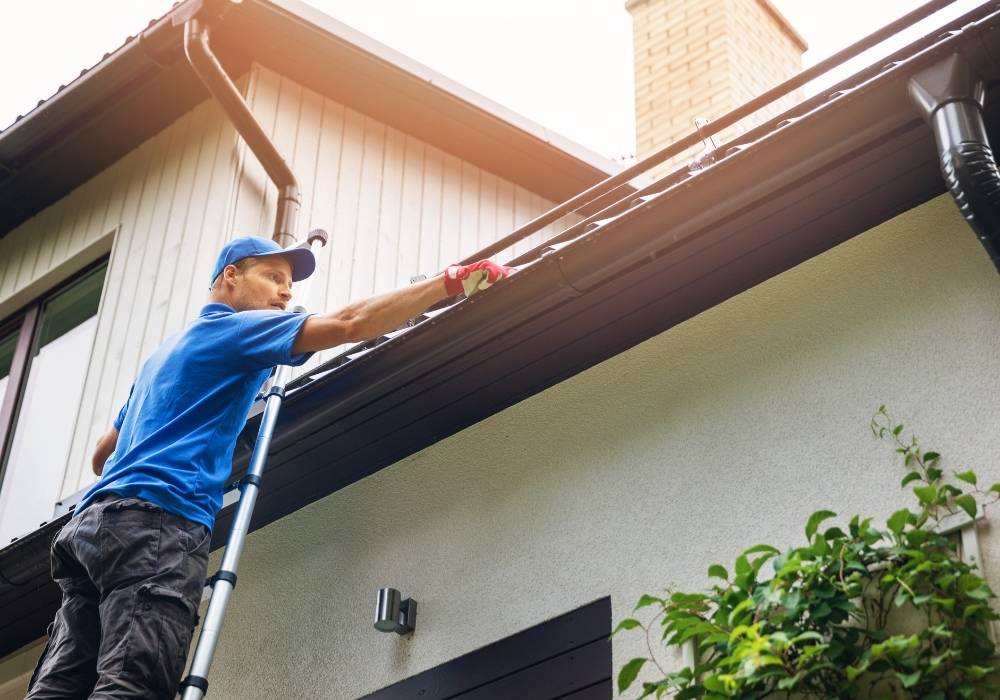A roof is probably the most important feature of your house but the one you’d least like to pay a lot of money for.
That’s no surprise seeing as a roof replacement can cost anywhere from $6,000 to $11,000 or more depending on the size of the house, what materials you’re using, and the current cost of labor and supplies.
Home insurance policies will cover roof damage usually in the event of a natural disaster, such as a fire or a tree falling. But replacing a roof due to normal damage over time will likely not be covered.
Roofs can last anywhere from 15-30 years, depending on the type of materials used and what kind of environmental conditions it’s in. If you own a home, you’re likely to see a roof replacement during your lifetime.
When you have a roof that’s doing it’s job, you’re not likely to think about it. But roofs do require some regular amounts of attention from homeowners so that you’re not stuck with costly insurance claims down the road.
Here are a few ways you can take care of your roof and save money over the long run.
It’s not the most appealing of activities, but cleaning your gutters regularly is going to help protect your home in the long run. Backed up gutters means water can’t properly drain away from the house, damaging not just your roof, but your siding and foundation.
Keep a regularly occurring event on your calendar, such as in the fall and spring, to gear up with gloves, a bag, and a ladder to unclog the gutters. Follow best safety practices for this work and make sure the ladder is on firm ground away from water or any other material that could cause it to slip.
You can also pay the professionals to take care of your gutters for you, especially for two- or three-story homes where climbing on the roof is not a good idea for everyone. Even this expense will be much cheaper than costly roof repairs down the road.
Watch out for vegetation near your roof
Are there large bushes or tree limbs reaching out over your roof? Is sap or resin dripping onto your shingles? Moss or lichen making a home for themselves?
As is nature’s way, it likes to reclaim the things we build, which is why watching out for how nearby vegetation grows near your home is important. Trim tree branches or large bushes so they do not hang over the roof.
Even if you’ve cleared away overgrown limbs, the wind can blow leaves and twigs onto the roof, so check regularly — particularly if you’ve had some very windy days — to see if there’s debris that needs clearing.
Moss or lichen can be removed with the help of different products you can buy at your local home improvement store. Better Homes and Garden has a list of some recommended products to help you fight the vegetation growing on your roof.
Depending on where you live in Washington, and what sort of year we’re having, winters can either be incredibly mild or one unending snow drop after the other.
During the surprisingly snow- and ice-heavy years, pay close attention that ice dams are not forming on your roof. Ice dams are caused by ice forming around the edge of your roof, preventing all the built up snow from draining off the top.
Snow and water that are unable to drain will cause mold damage or leak water into the house. You can address ice dams by using a long-handled broom to remove built up snow and ice. Also make sure your attics are well insulated to prevent heat from escaping and melting the snow before overhanging ice on your roof has a chance to dissipate.
Questions about home insurance? Contact a Sea Mountain Homeowners Insurance Specialist today!
